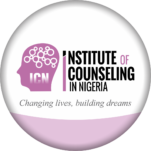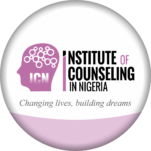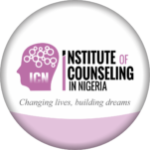Imago relationship therapy (IRT) aims to equip couples with the tools necessary to relate to each other in healthier ways, and reveal the emotional pathway formed in childhood that led them to their current situation. This form of therapy combines spiritual and behavioral techniques with Western psychological methodologies in order to assist couples in unveiling their unconscious components. Imago relationship therapy involves viewing a conflict between couples as merely the outcome of specific circumstances not the cause of disharmony. By examining the conflict itself, a couple can arrive at a satisfying solution, heal, and then grow together.
What Is the Imago?
Imago is the Latin word for “image.” In Imago Relationship Therapy, imago refers specifically to an unconscious, idealized concept of familiar love that an individual develops during childhood, and which remains unchanged in adulthood. The development of the imago is based primarily on early interactions with one’s parents or other significant adults in early life. Due to a child’s individualized construct of what love is, he or she will develop specific behaviors or “survival patterns” (either by expressing or inhibiting personality traits) in order to obtain love and stay safe.
However, even the best parents fail to meet a child’s every need and expectation. As such, an individual’s imago will incorporate both the positive and negative behaviors that he or she associates with his or her ideal loved one. As we consciously seek love in adulthood, we unconsciously seek out people who are similar to our imago and who will allow us to develop the qualities we either inhibited or were not allowed to express in childhood.
History of Imago Therapy
In the late 1970s Harville Hendrix, PhD, and Helen LaKelly Hunt, MA, who had each been through divorces with their previous spouses had a common interest in understanding their failed marriages. A lack of literature relevant to their previous marital experiences prompted them to use their own relationship, before and after their marriage in 1984, to examine the dynamics of intimate relationships.
In 1977, they theorized that the emotional and psychological wounds experienced during childhood via interactions with one’s parents could only be adequately addressed within a context which reactivated those wounds. They believed that only another committed relationship, such as marriage, could provide the variables necessary to facilitate healing and growth. Hendrix taught strategies such as “mirroring” and “containment” to couples in his practice, and the couples reported significant improvements in their relationships. Hendrix and Hunt concluded that a marital relationship, based on mutual healing, is the most effective form of therapy.
5 Basic Tenets of Imago Therapy
Imago relationship therapy consists of 5 core principles. These are:
Re-imagining your mate as a wounded child.
Re-romanticizing your relationship via pleasurable surprises, gift-giving, and displays of appreciation.
Restructuring your disappointments and frustrations by changing complaints into requests.
Resolving feelings of extreme anger.
Re-visioning the relationship as a source of happiness, satisfaction, and safety.


